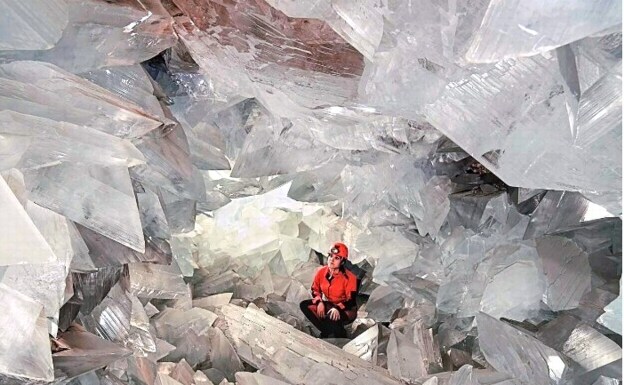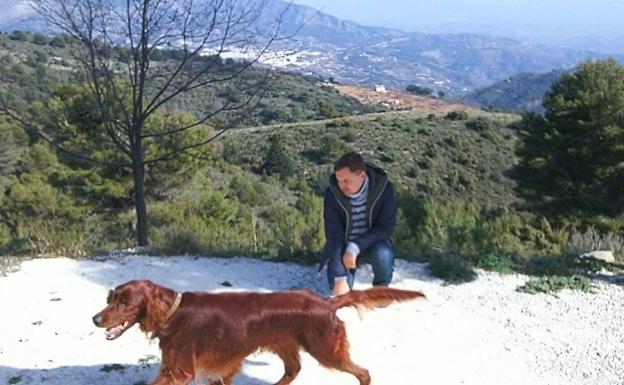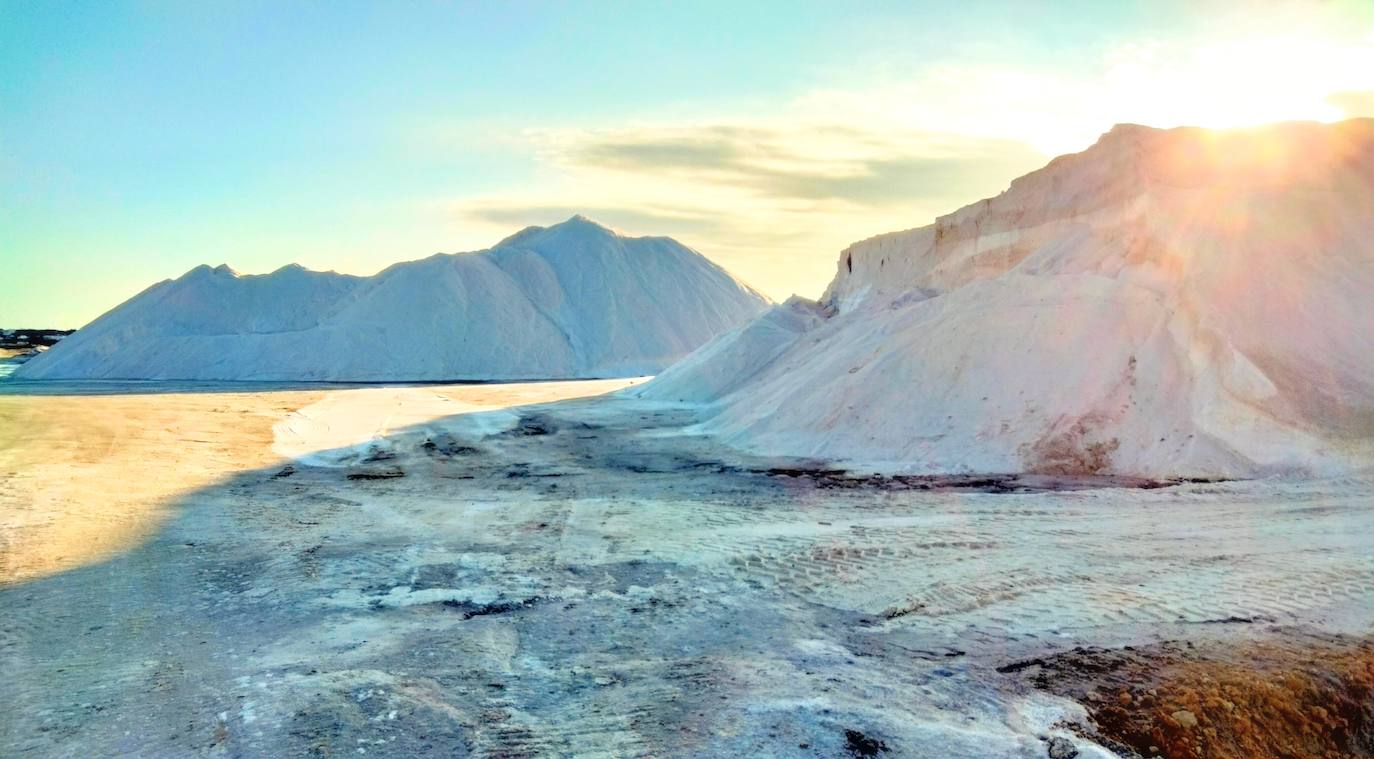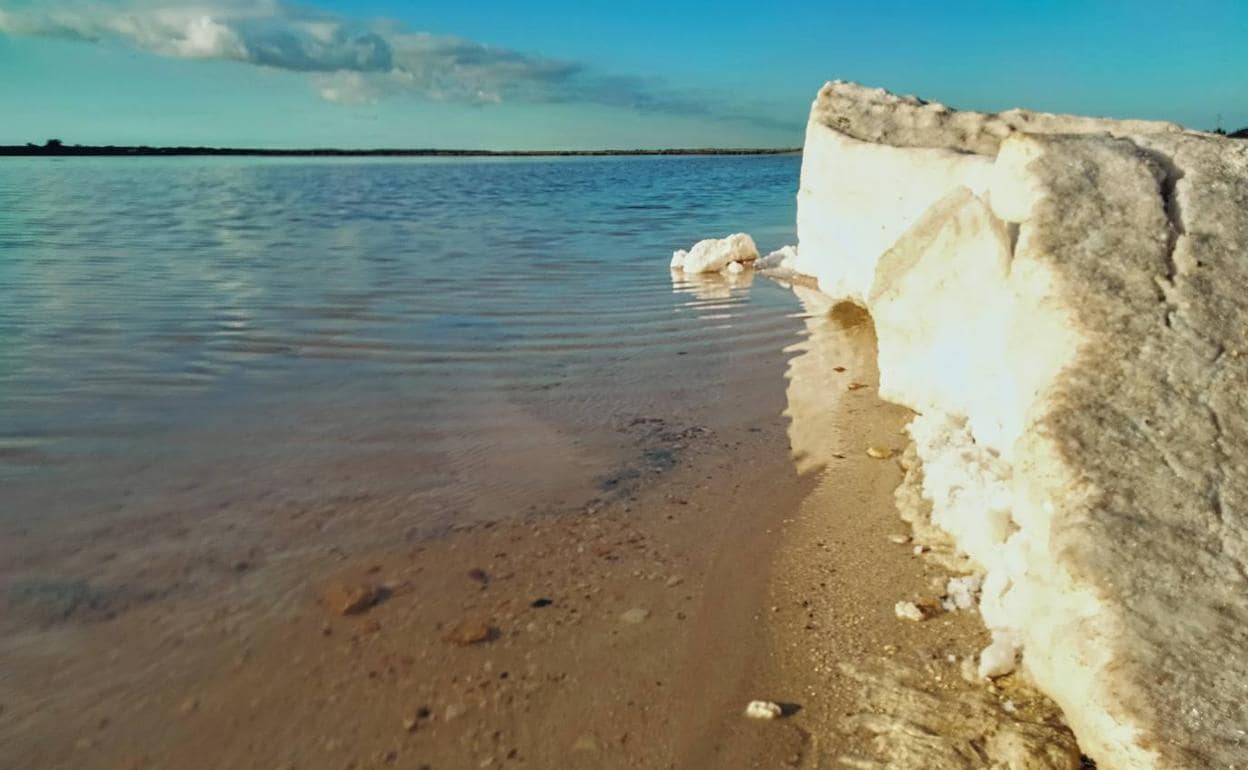Hunting for snow and ice in summer
Andalucía offers some unreal, cool-looking landscapes that could easily become tourist hot spots
ALEKK M. SAANDERS
Friday, 22 July 2022, 16:19
The hottest time of the year is here. Ice and snow are among the most desired things in July and August in Andalucía, so here we offer some fake snowy ways on the Costa that might evoke a real frosty vibe and also offer excellent creative photo opportunities with a crisp white backdrop.
Pulpí Geode
For 'ice' you have to go to the very east of Andalucía - to Pulpí. This municipality of Almeria province is known for its geode - a formation within volcanic rocks. This geological phenomenon was found in Mina Rica, an abandoned silver mine where mining began in 1840. The Pulpí Geode, also known as the Giant Geode, was discovered in 1999 by members of the Mineralogist Group of Madrid, and opened to the public three years ago.
It is the one of the largest crystal caves ever found measuring eight metres long by two metres high. It is believed that the Pulpí Geode was formed in two different phases, starting six million years ago. It is covered with huge translucent gypsum crystals up to two metres in length. Due to special transparency, the crystals resemble ice.

Additionally, it is quite cold inside this remarkable 10 square metre hollow rock because it is located at a depth of 50 m. Besides the Giant Geode, there are other geodes of varying sizes in the mine - the Geoda Partida and the Geoda de Gollas de Golondrina.
Crushed marble splinters
There is a legend about creating snowy landscape in Spain with help of marble. In 1964, the British filmmaker, David Lean, chose to shoot Doctor Zhivago in Spain instead of going to Sweden, Yugoslavia or Finland. He hoped for snow on location in Soria, a municipality of Castile and Leon, where the temperature can drop to minus 10C. However, during that warm winter the snow didn't come happen. So, the cinematographer decided to create artificial snow to emulate the Siberian landscape. It is believed, to achieve this, they used tonnes of crushed, white marble dust. The 'snow' was delivered from a nearby marble quarry, and vast stretches of countryside were covered with it.
It is believed, to emulate the Siberian landscape for Doctor Zhivago filming in Spain, they used tonnes of crushed, white marble dust
Close to Malaga province there is also one of the world's biggest marble quarries. It is is located in the town of Macael (Almeria). The local quarries have been exploited since bygone times. White Macael marble, hard and coarse grain, have been widely used but mostly in sculptures. According to its purity, the white colour is classified as marble containing, up to 99% of calcite. The fairly expensive and exclusive stone has an impeccable luminosity and its white hue contains light blue irises which gives it a unique personality. These Macael quarries look like snowy mountains, and are perfect for photo sessions.

Incidentally, marble was produced in the mountains surrounding Mijas as well as in the neighbouring Barranco Blanco where there is an information booth describing how the local marble looks and how it was exploited. So, walking around the mountains and hills covered with pine-trees it is possible to come across some marble splinters - 'snow' oases.
Salt mountains
One of the easiest ways to make realistic fake snow is to mix sodium salt (also known as waterlock) and water. The resulting 'snow' is white, wet, fluffy, and cool to the touch. Last year, CNN published images of Egyptians frolicking in snowy landscapes and sliding down icy mountains. The secret was that the pictures were made at a salt processing plant at Port Fouad, which lies at the northern end of the Suez Canal and not far from the arid, sandy Sahara desert. Needless to say, it became an unexpected tourist attraction.
The south of Andalucía with low rainfall is the perfect place for the manufacturing of sea salt. 'Salinas' landscapes evoke quite a wintery experience
Spain boasts one of the oldest salt factories in the world, and it is located in the Basque Country. Its prized salt is completely pure, as it comes from an ancient sea of more than 200 million years. Today the Salt Valley in Añana is one of the most spectacular and best preserved cultural landscapes in Europe, and therefore it attracts tourists for guided tours.

In Andalucía there are also many 'salinas' – salt processing areas. The south of Andalucía with low rainfall is the perfect place for the manufacturing of sea salt. Most of them use seawater which is placed in large 'concentrating ponds' to allow efficient evaporation from the sun and the wind. However, the salt at Bonanza, Cadiz province, is harvested from the salty water of the Guadalquivir river (at its mouth). Bananza salt is exported to UK. Going by boat along the river the huge white salt mountains resemble snowy peaks at the North Pole or can be easily confused with icebergs. In any way, such landscape evokes quite a wintery experience.
